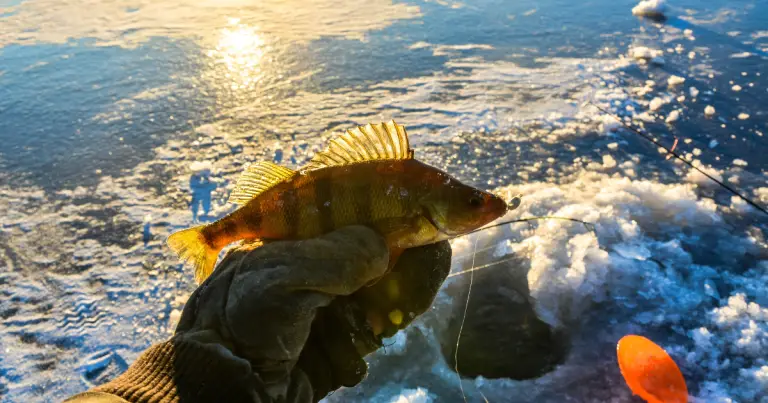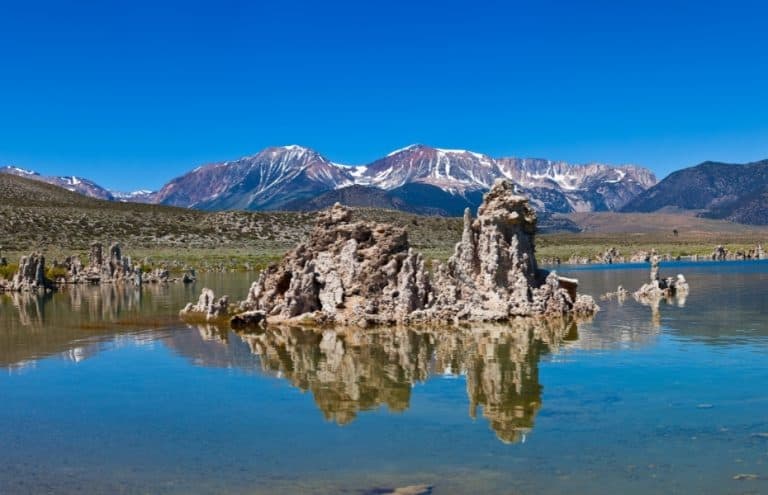This post contains affiliate links. If you click and purchase, we may earn a small referral fee at no extra cost to you. Read our full disclosure.
One of Michigan’s famed inland waterways, the Elk River Chain of Lakes feeds a series of 14 lakes in the state’s northwestern Lower Peninsula.
The 75-mile waterway begins at tiny Beals Lake in Antrim County and follows a circuitous route through 13 more lakes and over two dams, ending at the town of Elk Rapids where it empties into Lake Michigan’s Grand Traverse Bay.
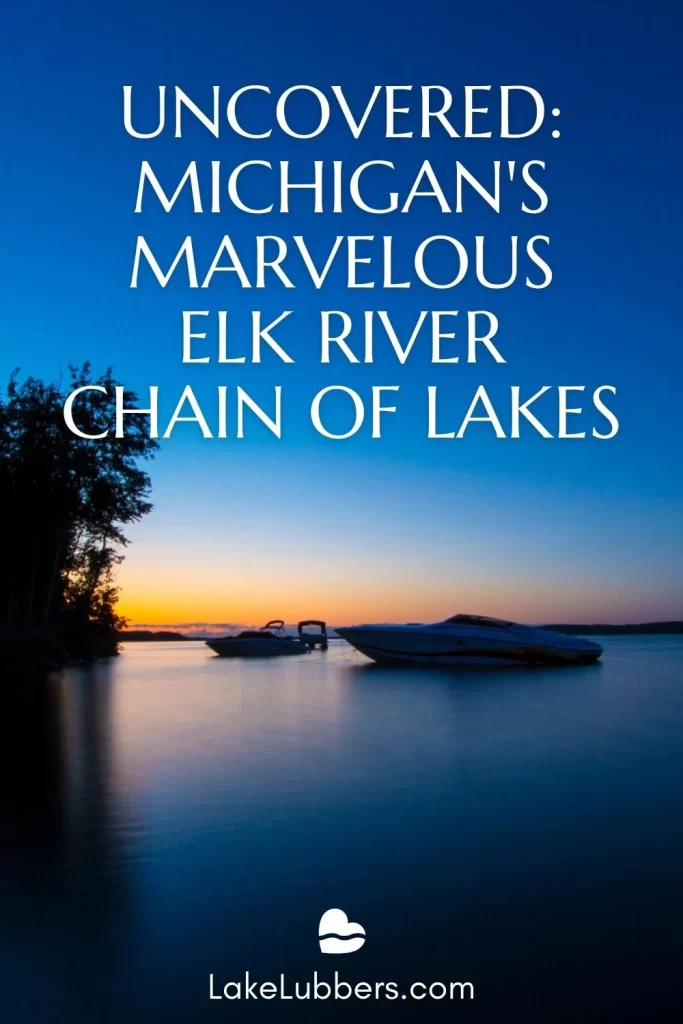
Although called the Elk River Chain, only the last short section of the waterway is the Elk River. The chain begins as the Intermediate River, changing names along the way to the Green River, Glass River, Grass River, Clam River, Torch River, and finally Elk River.
Originally home to the Ojibwa Native American tribes, lumbering interests moved into the area in the 1880s, using the river system for log transport. On their heels came fishing resorts and vacation destinations as the logging ended and farming attempts proved less than successful in the sandy soil.
Today, the upper reaches of the Elk River system are still somewhat sparsely-populated, and farming has given way to cherry orchards near Lake Michigan. The river system has become a favored venue for paddle sport enthusiasts and nature observers, while the larger lakes have become desirable locations for high-end vacation homes. These larger lakes are favorites for sailing, water sports and gracious lakefront living.

Dams that separate the Elk River Chain of Lakes
Two dams separate the Elk River Chain of Lakes into what is known as the Upper and Lower Chains: the Bellaire Dam and the Elk Rapids Dam. Both were once used for hydroelectric generation, but the Bellaire Dam has since been decommissioned.
A popular local argument is whether Intermediate Lake is a part of the Upper or Lower Chain, as it is above the Bellaire Dam but connected to the large lower lakes by its size. No matter – they are all connected and all navigable by small boat, with a short portage around the Bellaire Dam.
Because of shallow spots in the Grass River downstream below the dam, most large boats are shuttled to Intermediate Lake and cannot continue upstream. Once much smaller and called Central Lake, Intermediate Lake grew to 1,570 acres when the dam was built at Bellaire and has become a popular vacation and residential lake.
Submerged islands now provide optimal breeding areas for waterfowl, while emergent trees offer feeding opportunities for ospreys and eagles. Farther upstream on the Green River are Hanley, Benway, Wilson, and Ellsworth Lakes, then after a sharp jog to the southeast, St. Clair, Six Mile and Scotts Lakes, finally culminating at Beals Lake.
These small lakes are favorites among bird watchers and bass fishermen, but can be reached by water only by canoe or small fishing-type boats. The upper reach of the Intermediate River is also known as the Dingman River.
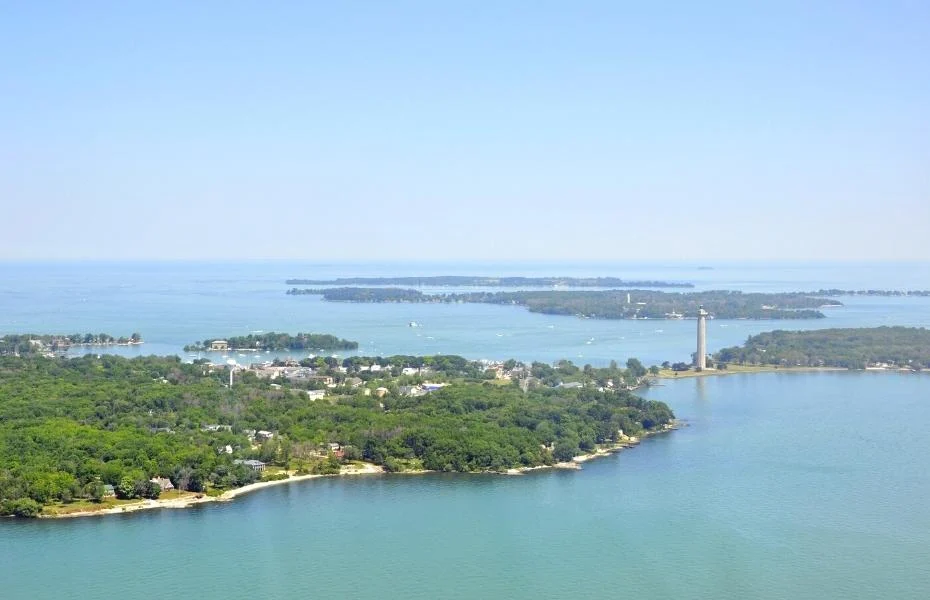
Uncover the Charm of These 4 Lake Erie Islands
Lake Erie’s 6,261,500 acres border four states – New York, Pennsylvania, Ohio and Michigan – and the province of Ontario, Canada. Contained within this Great Lake are about 36 islands, some large…

What lakes are downstream from Bellaire Dam?
Downstream from the Bellaire Dam, 1,800-acre Lake Bellaire is fed by the Cedar and Intermediate Rivers. South of Lake Bellaire, the Lower Chain includes three more very large lakes and a smaller one.
Grass River flows through wetlands, and the Grass River Natural Area is too shallow for large boats to navigate upstream. Next comes comparatively small Clam Lake, which empties into short Clam River before it enters 18-mile long Torch Lake. This massive, deep lake (18,770 acres) is a highly-desirable summer residential area and is a haven for sailing, windsurfing, water skiing and all types of water sports.
The Torch River outflow leads to Lake Skegemog, which is over 2,500 acres and far shallower than Torch and Elk Lakes. A channel leads west into Elk Lake, with over 7,700-acres and a popular spot for ice boating. Short Elk River flows through the Village of Elk Rapids over the dam into Grand Traverse Bay.
Although these large inland lakes are no longer open to navigation from Grand Traverse Bay due to the Elk Rapids Dam, a shuttle service regularly arranges for larger boat transport around the dam to Elk Lake and the rest of the larger lakes on the Lower Chain. Sailing is popular on the Lower Chain during the warm months.

Elk River Chain of Lakes things to do

The entire Elk River Chain of Lakes – and the rivers, tributaries and streams that feed and connect them – offer a wealth of outdoor activities for adventurous visitors.
Fishing is a favored activity, and nearly every variety of fish native to the area can be caught somewhere along the chain. Winter brings ice fishing, snowshoeing and cross-country skiing on the frozen lake surfaces.
Nature trails and protected areas offer opportunities for wildlife viewing, including eagles and the occasional elk.
Organized canoe and kayak treks offer plenty of peaceful paddling with luxury accommodations for overnights. Numerous boat ramps and access points make it possible to launch personal boats and pontoons, while picnic and camping areas offer both day use and more rustic long-term accommodations.
The Elk River Chain of Lakes has something for everyone and enough shoreline to explore again and again. Bring the camera – such natural beauty shouldn’t be left behind!
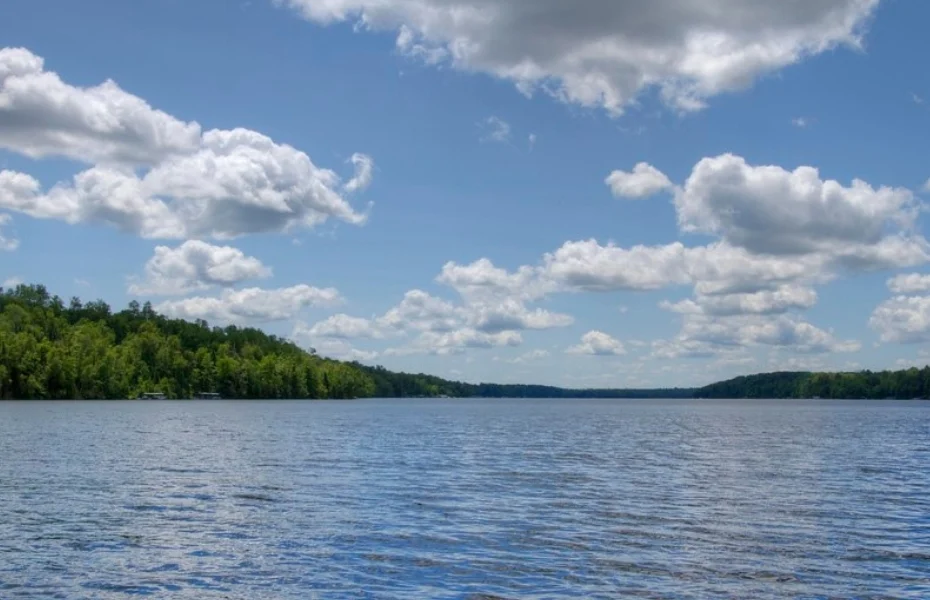
Wisconsin Boasts World’s Largest Inland Chain of Lakes
The district nestled in and around the picturesque, 664,000-acre Chequamegon-Nicolet National Forest of Wisconsin is home to one of the highest densities of lakes in North America. With 28 lakes, the Eagle…

